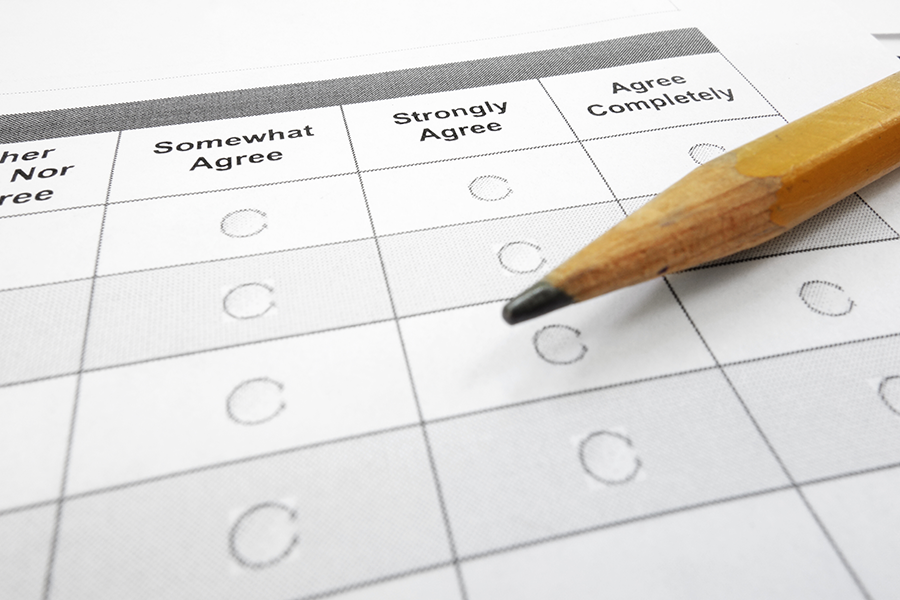Patient experiences with out-of-pocket medication expenses
This past fall, the PAN Foundation conducted a survey to learn more about the financial assistance patients need to access their medications, and the challenges they face in finding it.

Distributed by over 20 patient advocacy organizations to tens of thousands of patients, the survey sheds light on the realities many Americans face in accessing necessary medical treatments. Read on for survey highlights.
Inability to Pay
Over one-third of patients surveyed were unable to pay for their medications without assistance from friends, family or patient assistance programs.
Cutting Corners and Cutting Back
Of surveyed patients who needed assistance but did not seek it:
- 32% filled some prescriptions but made them last longer by skipping doses
- 30% cut back on household expenses to pay for medications
- 28% used their savings to pay for out-of-pocket medication expenses
- 25% did not pay other bills in order to pay for their medications
- 24% did not fill their prescriptions
Help out of Reach
Among patients who were unsuccessful in getting financial assistance:
- 33% said there were programs that provided assistance for patients with their condition, but they did not meet eligibility requirements
- 20% said that assistance programs for patients with their condition did not have funding when they applied
- 16% said there were no programs that provided assistance for patients with their condition
Consequences of Not Receiving Financial Assistance
Of patients surveyed who were unsuccessful in getting financial assistance, the majority did not start their treatment, skipped doses or took smaller doses to make the prescription last longer.